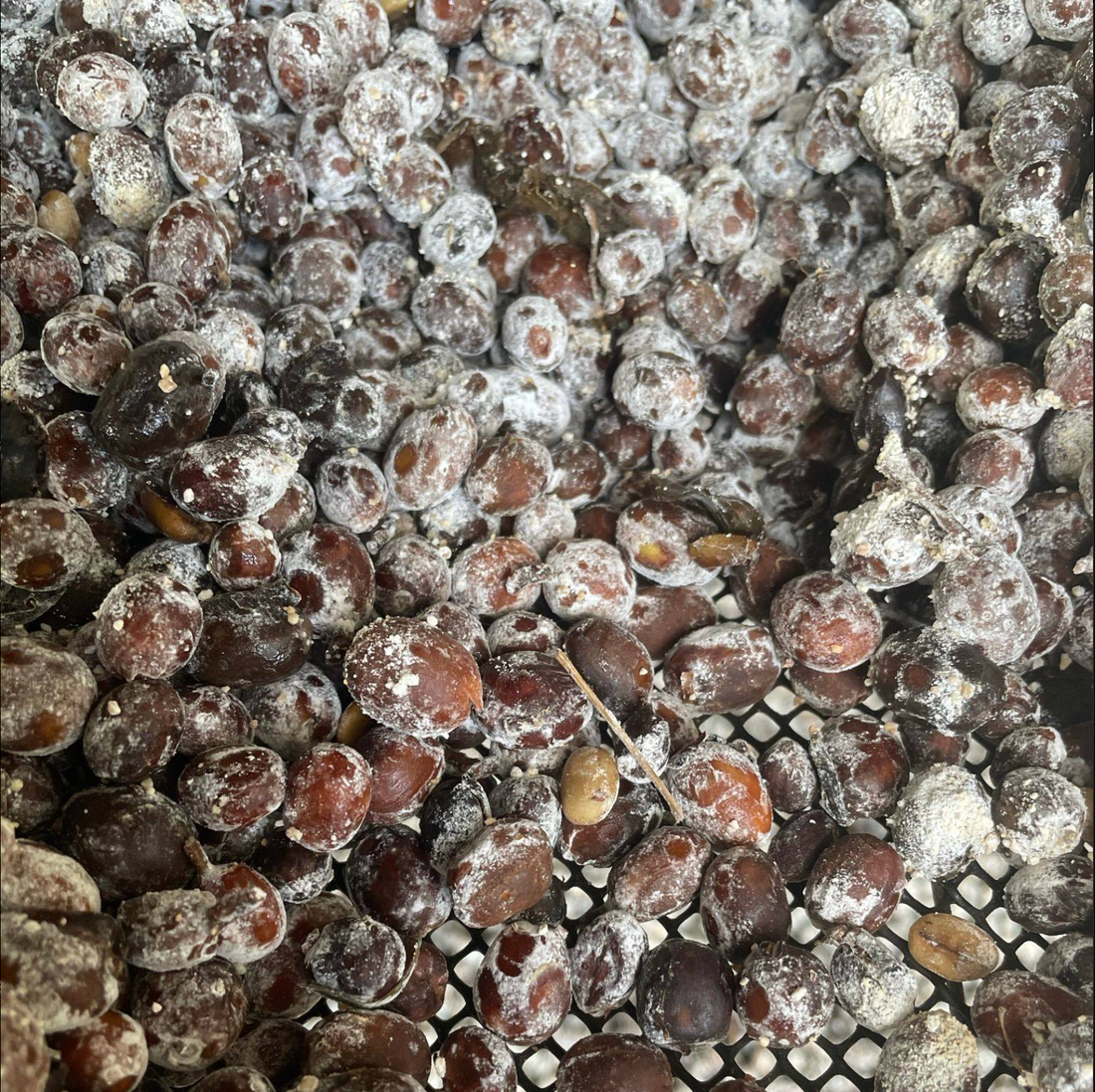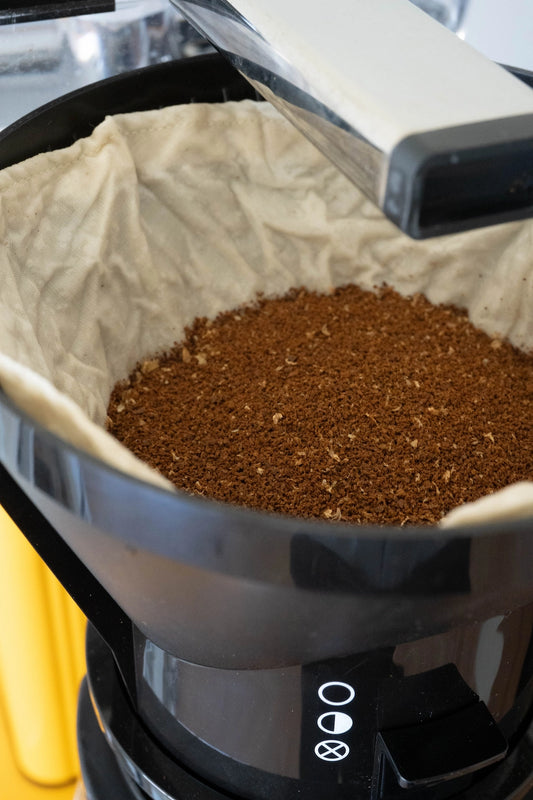
Koji Fermented Coffee - Understanding Coffee Processing
Share this article
Koji fermentation has been an age long technique in culinary methods, most famously used to produce soy sauce, miso, and sake. In recent years, coffee innovators have started to experiment with koji fermentation as a new method for processing coffee, creating unique and complex flavour profiles. In this article, we’ll explore what koji mould is, how it’s used in coffee processing, and how it enhances the final taste of your coffee.
What is Koji Mould?
Koji mould, scientifically known as Aspergillus oryzae, is a filamentous fungus primarily used in Asian cuisine and food production. This mould plays an essential role in fermentation by producing enzymes that break down starches and proteins into simpler compounds, like sugars and amino acids.
These enzymes create the conditions necessary for fermentation, allowing various ingredients to develop complex flavours through microbial action.
When using koji fermentation for coffee, Koji offers an innovative approach to processing green beans. By introducing koji into the coffee fermentation stage, farmers can alter the microbial environment, promoting a unique breakdown of the bean’s sugars and proteins, which in turn affects how the coffee tastes.
How Coffee is Processed Using Koji
Traditional coffee processing methods typically involve either washed, natural, or honey processes. In these methods, coffee cherries are fermented with naturally occurring yeasts and bacteria to break down the mucilage, the sticky layer surrounding the bean. Koji fermentation, however, adds an unnaturally occurring mould to the equation and results in a unique flavour profile.
The Koji Mould is applied directly to the harvested coffee cherries or parchment coffee, where it reacts on the beans in a controlled fermentation environment. As the koji mould grows, it releases enzymes that break down the carbohydrates and proteins within the coffee. This fermentation method can take several days, with the time and conditions carefully monitored to ensure the optimal amount of fermentation takes place for the best results.
Koji processing allows for a more controlled fermentation, helping to reduce some of the unpredictability that can occur in traditional coffee processing methods. The result is a bean with a unique profile, offering a new experience in flavour development that reflects the interaction between the coffee’s natural characteristics and the enzymes produced by koji mould.
How Koji Processing Affects the Taste of Coffee
The most noticeable impact of koji processing in coffee is its influence on flavour and aroma. Koji mould, known for its ability to develop umami in foods, translates this characteristic into coffee. As a result, koji fermented coffees can have a rich, savoury complexity not typically found in traditionally processed beans this resembles a similar taste to a sweet miso soup.
Many describe the taste of koji processed coffee as having a fuller body with intensified sweetness and fruitiness, particularly in the form of stone fruit and tropical flavours. There can also be subtle notes of spice, umami, and even a hint of soy sauce or miso soup like complexity. These flavours create a well rounded and bold cup of coffee, often with a lingering finish.
However the taste is largely dependent on the specific strain of koji used, the fermentation conditions, the duration that the coffee has been fermented for and the variety of the coffee bean itself. This makes koji processed coffee a fascinating experiment in flavour development, offering coffee drinkers an exciting, dynamic experience in each cup. Try our Java Koji Processed Coffee for yourself.





